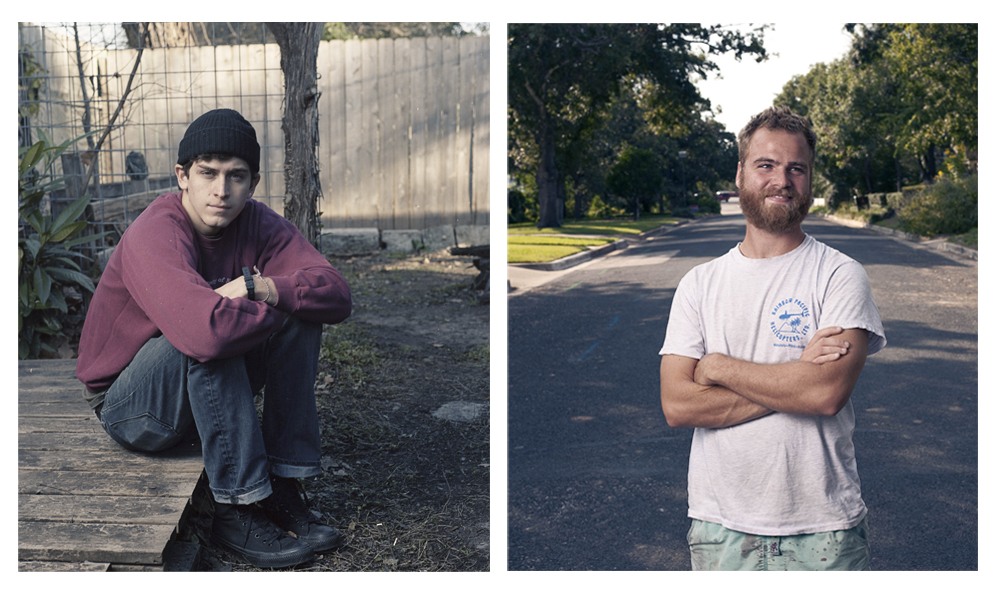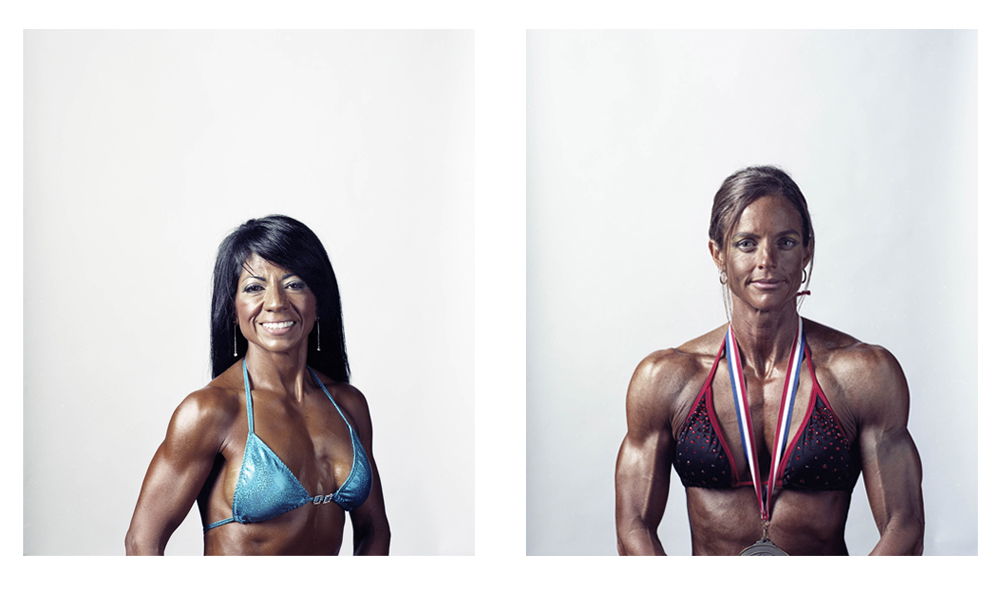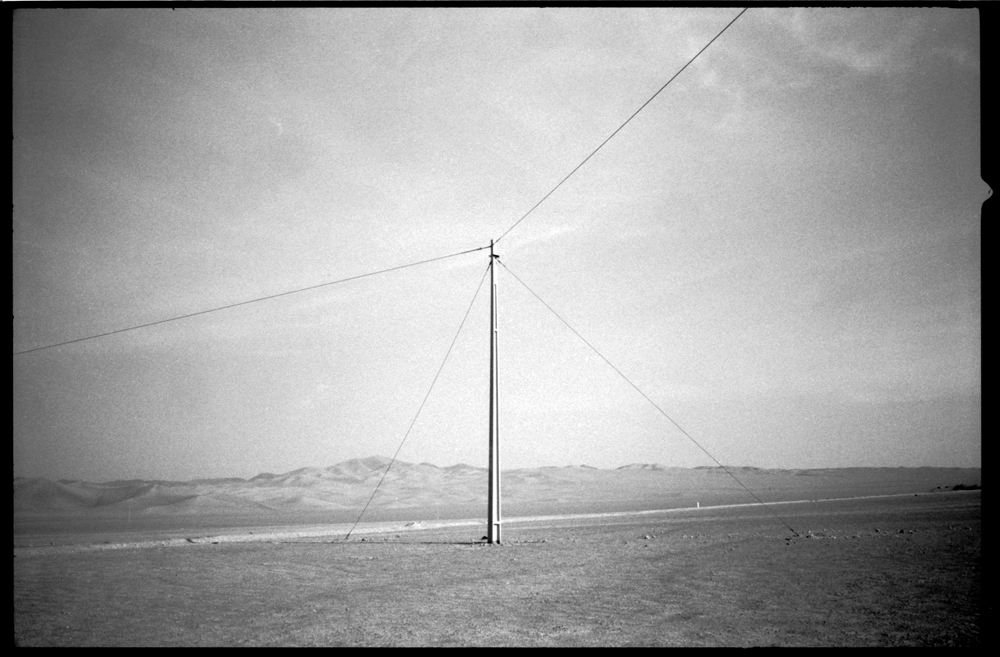We were in high school photo class together, and I was curious as to how much you think being in photo at that age shaped your interest? Did you always know you wanted to make a career out of photography?
I think what drew me to photography in high school was the freedom that the class allowed. We really were encouraged to photograph anything that caught our attention, and I think that I felt like in photo class I could explore the world around me and at the same time be doing my “homework”.
By senior year I was definitely hooked on photography and probably wanted to do it as some sort of job, but I don’t think I realistically knew what a career in photography might be. I think back then everyone just said they wanted to shoot for National Geographic.
How are you working toward defining your personal style?
I don’t know how actively I work toward creating a style. I think that’s something that develops after you’ve taken hundreds of pictures. I’m influenced by a lot of my favorite photographers, and I definitely have an aesthetic that I gravitate towards, but I don’t think I’ve ever sat down and said to myself, ” It’s time to come up with a style for my work.” I think as you’re learning lighting and retouching you probably gravitate towards things that you like, but again, for me, it’s mostly trial and error.
I try to push myself to go out of my comfort zone
Early on I was attracted to photographers who I thought had a timeless or classic look. Unconsciously, I was probably trying to develop my own “classic look”. I’m still open to experimentation and I try to push myself to go out of my comfort zone, but at this point I think I’ve already developed my way of looking at things through a camera.
Are you still mainly shooting with film? What is your usual gear on a photo shoot?
I split time between shooting film and digital. I’ve really grown to like the way that color is rendered in digital images but I don’t care for B+W digital images. I love shooting B+W film, and I do it as much as possible but it’s obviously more expensive than shooting digital so it really just depends on the assignment.
I love the design of film cameras. For whatever reason, the DSLR market seems to have settled on a roughly uniform look to it’s cameras. I don’t think there is anything wrong with the aesthetics of Nikon or Canon digital cameras but I think there is something about the feel of most film cameras in my hand that gives me more confidence.
In terms of what I bring to a photo shoot, I usually have 4 different cameras with me: Canon 5D mk2, Mamiya RZ, Hasselblad 500 C, and a Konica Hexar. I don’t use all of them on a given shoot, but they are usually in my camera bag regardless. I know that seems like a lot to haul around with me, but I have a hard time leaving any of them behind. Other than that, I’m pretty light on the gear. I use either a reflector or one light for about 99% of all the pictures I take.
You have assisted quite a few photographers. Do you think this is a crucial step in the industry? Are there any important lessons from assisting experience that you can share with us?
It was definitely a crucial step for me, but I don’t know that’s the route everyone needs to take. I’m largely self-taught when it comes to photography. I think that working as an assistant exposed me to many different sides of the industry that I was unaware of.
In all fairness I think I should mention that there are times when assisting is just a paycheck. There isn’t too much to be learned from holding a reflector all day.
The time I’ve spent assisting… showed me the realities of working as an editorial photographer
I think there are photographers who skip the assisting stage and go straight to shooting, but the time I’ve spent assisting helped me to clarify the type of work I want to do, and showed me the realities of working as an editorial photographer. I’ve also met a lot of people in the industry through assisting… connections like those always come in handy when you’re looking for someone to help you out on a project.
What is your approach to marketing and social media?
I update my social media pages way more often than my actual website so I think it’s a way of always having something new to show people. To that end, I have both a Facebook Fan Page and a Tumblr that I use to post tons of images and share little stories of life out on assignment.
In terms of direct marketing, I like to do both emailing and and physical mailing. It’s really hard to know the most effective way to reach any individual editor or art director so I think you have to try different angles. I like to send emails out to all my contacts each time I update my website to give them a reason to look at my work again. I try to personalize the emails in some small way for whichever magazine I’m contacting, but honestly if I’m sending out 250 emails it’s hard not to do some cutting and pasting. I try to print up a physical mailer anytime I have a new series completed as well.
What projects are you working on right now?
In the fall I shot a series on female bodybuilders for Culture Map, and I’ve always wanted to go back and shoot more, but I was so busy in the spring that I didn’t get a chance. I finally got back out there and finished up the project this summer.The second project that I recently wrapped up is a series on burlesque dancers here in Austin. There are quite a few troupes here in town, and I had wanted to do photos of them for some time.
At the end of August I’ll be heading to Orlando, Fl to shoot portraits at Star Wars Celebration. Essentially it’s a four day Star Wars specific convention that only takes place every 3 years so I’m really excited to have gotten media access.
How much of your time do you spend conceptualizing a shoot before you get there?
That depends. If it’s a personal project then quite a bit. I like to do a lot of research. I’ll read or watch anything I can that pertains to the subject before shooting just so I can have any idea of the Who/What/Where/When of any subject. It definitely helps to do your homework. It comes across in the way you interact with your subjects. They can tell that you’ve put a lot into the project and that you’re genuinely interested in their world.
With editorial subjects it’s a little trickier. You might not have any idea what the setting will be or what the person will look like. Having said that, I still try to think about what type of images I want to create as I’m headed to the shoot.
Do you have any mentors?
I’ve assisted for a lot of photographers, so I will say that in some way each of them as taught me something valuable about photography. I don’t think I’d describe any of them as a mentor but certainly many of them have been teachers.
What is your favorite thing about shooting in Texas?
Texas is huge and diverse, geographically and culturally. As an assistant and photographer, I’ve traveled all over the state and there are plenty of great stories to tell here. I think Austin is a good home base for an editorial photographer because it puts you in a position to cover events in Dallas, Houston, San Antonio (and Austin) very easily. When you think about it, those four cities provide a lot of subjects to photograph. Music, business, sports, technology, etc. and a combined population of roughly 10 million people means that some magazine is always doing a story here.
Any favorite photo books?
I’m an avid collector of photo books so I have quite a few.
– The Hyena & Other Men by Pieter Hugo
– Olympic Portraits by Annie Leibovitz
– True Norwegian Black Metal by Peter Beste
– Gentlemen of Bacongo by Daniele Tamagni
– Daido Moriyama: The World through My Eyes by Daido Moriyama
– Olaf Otto Becker: Broken Line by Olaf Otto Becker
How do you distinguish yourself from the competition?
I guess that would be my style and subject matter. I think it’s important to have a defined photographic style because when an editor is conceptualizing an assignment they need to people able to visualize how you would shoot it. I want people to think, “Evan would be great for this one because we love the way he shoots environmental portraits.” There are so many great photographers out there that finding a way to stand out is hard. You definitely need to be hardworking and reliable, but I think you also need to showcase your unique photographic voice. Essentially, your style is the product you are offering to a client.
How do define success on a particular shoot?
For a particular shoot, I think it’s easy. I want to walk away with an image that I’m proud of…something that captures the subject well and looks good artistically.
Favorite breakfast taco?
Wars have been started over this question in Austin. I think I’ll just narrow it down to a couple. In now particular order: Black bean and Cheese from Taco Deli, Migas Taco from Torchy’s, Potato Egg and Cheese from Wheatsville Co-Op.
Do you collect anything? Any hobbies outside of photography?
I love cycling. I’m out on a bike as much as I can be until the weather hits 100 degrees. I’d love to say that I collect bikes, but I’m not really at a point where I can afford that. Interview me again in a couple years and maybe I’ll have a bigger bike collection to tell everyone about.













